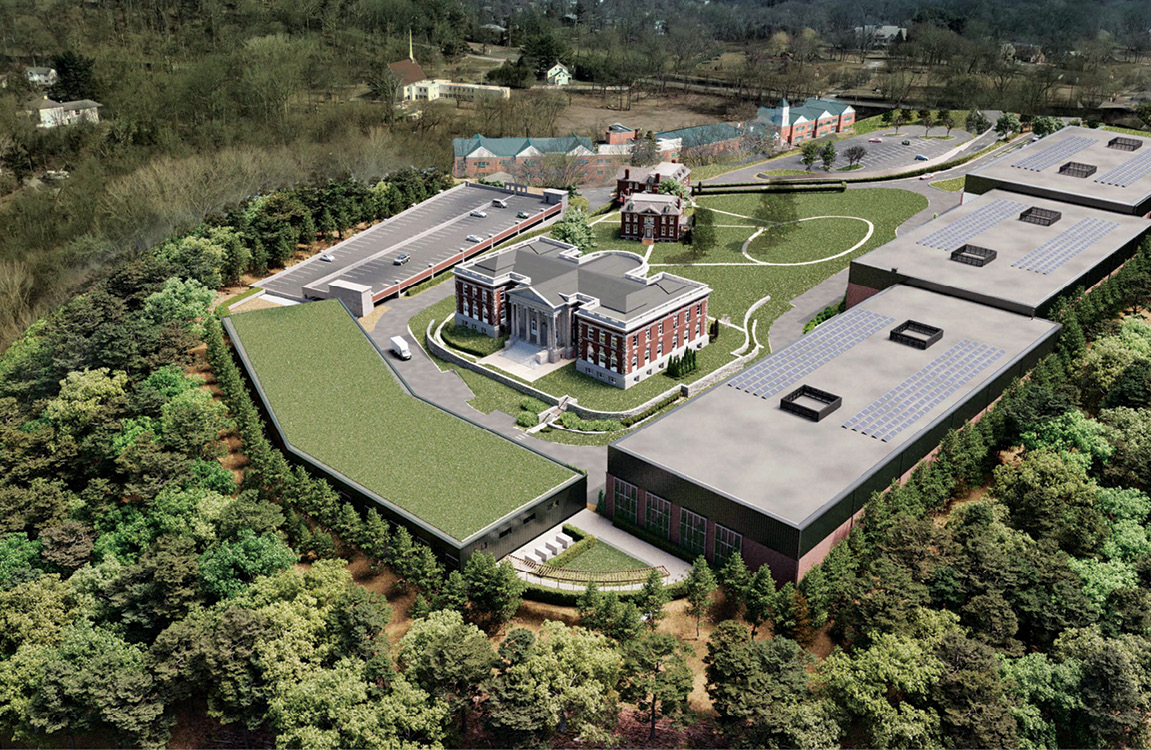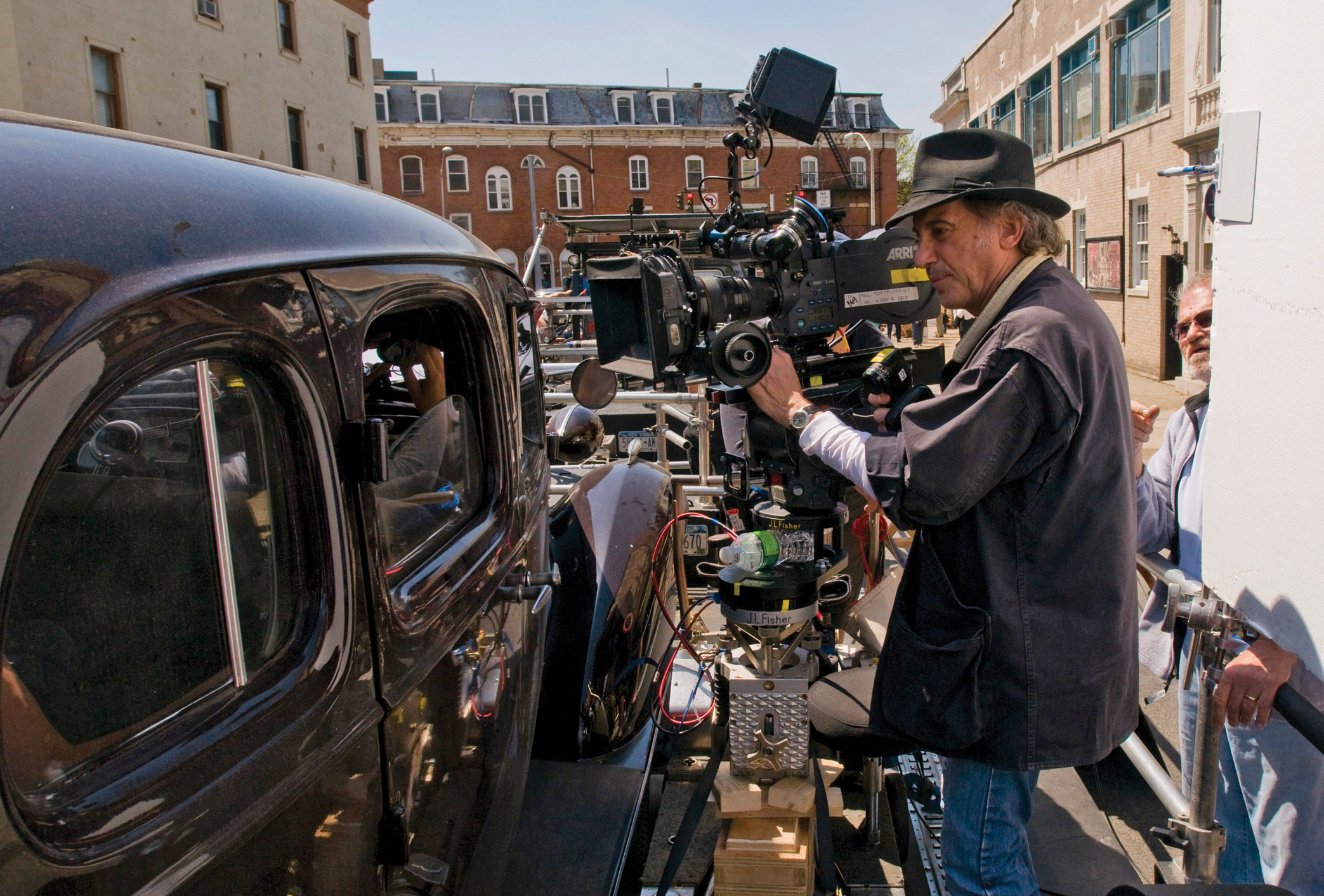Michael Hahn, co-founder of Electric Owl Studios, says he didn’t have inside info that New York would nearly double its film industry credit when Electric Owl initiated plans to build a $110 million film studio in Westchester County. He did have an inkling it was coming, though.
“New York and New Jersey have been in a film production arms race,” Hahn says. “New Jersey had made some moves and we figured New York would counter. And we felt pretty strongly about getting out in front of that.”
The hunch turned out to be prescient. Within months, New York announced major enhancements to its film tax incentive, a move largely seen as a means to put the state’s legacy film industry on a level footing with incentives-happy upstarts like New Jersey, Georgia, Toronto and Vancouver. Contained in a budget agreement announced last spring, the updated package is anchored by an expansion of the annual cap for film and TV productions from $420 million to $700 million — an 80% boost.
“The enhancement was the result of Governor [Kathy] Hochul hearing from the film industry and seeing for herself that productions were choosing to go elsewhere,” says Yoni Bokser, executive director of the Governor’s Office of Motion Picture & Television Development. “The state,” Bokser told Site Selection in September, “lost over 10 productions to New Jersey, and the governor felt it was important to make sure we were competitive.”
While the film credit applies strictly to productions, an expected increase in demand is likely to spur the development of more high-end studios like the one Electric Owl has planned for the town of Hastings-on-Hudson, 20 miles north of Manhattan.
“A lot of the stages in New York are older, smaller, adaptive reuse facilities that don’t meet the requirements for modern workflows for the streamers, in particular,” says Jonathan Yormak, founder of Los Angeles-based East End Studios, which announced plans in July for a $193 million studio in Queens. “There’s no question,” he says, “that there’s not enough high-quality stage space in New York to support the industry’s growth.”
Going Above the Line
In addition to raising the annual cap and adopting measures to distribute film credits faster, New York’s expanded program raises the credit percentage from 25% to 30% of a production’s cost, bringing the state in line with rivals. It also includes a 10% bonus for productions filmed in upstate locations, part of an effort to promote the industry outside New York City; two major studios are currently under construction in Buffalo.
Among the most crucial and potentially controversial provisions — one that has worked especially well for Georgia, officials say — is one that provides credits for “above-the-line costs,” typically salaries paid to actors, directors, writers and producers. That can be contentious, given not just the higher compensation they can command, but also the fact that, unlike “below-the-line” talent — carpenters, caterers, electricians, set designers and others who tend to be employed locally — above-the-line talent is more likely to jet in and out of town.
“States typically don’t want actors running back to L.A. with all their money.”
— Michael Hahn, Co-Founder, Electric Owl Studios
“States typically don’t want actors running back to L.A. with all their money,” says Hahn. As if to make the above-the-line allowance more politically tenable, New York will cap those awards at $500,000 per individual and limit them to 40% of other qualified expenses. And, as Yormak points out, there’s no shortage of above-the-line talent living in New York, very few of whom make marquee-level money.
“There’s a million actors in New York,” he says, “a lot of them showing up on the set of ‘Law & Order.’ To the extent that they’re getting subsidized, it’s not different than subsidizing a carpenter.”
Subsidizing above-the-line costs also plays into what is perhaps New York’s biggest advantage in the film business.
“One of New York’s great assets,” says Bokser, “is people want to be here. Some of the world’s best talent and crew live here. We have synergies with the Broadway arts community. We hear very often from producers and studios that this is where they want to be.”
Marketing Sustainability
Electric Owl’s planned film campus comes with an interesting pedigree. The 20-acre compound overlooking the Hudson River was home to an orphanage of the Graham Windham School, founded in 1806 by Eliza Hamilton. It was a place, she said, to nurture children from difficult backgrounds like her late husband, Alexander.
“It’s not a typical place where you would build a film studio,” says Hahn. “A lot of them look like industrial parks. But our campus is beautiful, it’s next to a nature preserve, and Hastings is one of the greenest communities in the United States. And we’ll be building one of the world’s greenest film studios there.”
As it has with its initial studio in Atlanta and a facility planned for London, Electric Owl will seek a LEED Gold certification for Hastings-on-Hudson. The studio is to generate up to half of its electricity from on-site solar panels and will include dozens of EV charging stations. Like other businesses, he says, film productions are increasingly guided by sustainability mandates.

Rendering courtesy of Electric Owl Studios
“This is a place,” he says, “where we not only can meet the productions where we are, but also move toward zero-carbon and be leaders in this industry. We feel like we have a unique product, and with our location close to New York, we’ll have an advantage in our marketplace.”
In addition to paying an expected $2 million in annual property taxes that will go toward the local school system, Hahn says Electric Owl will establish internships and other programs to benefit youth in Hastings-on-Hudson.
“One of the good things about being in a tax credit state,” he says, “is that you can’t just be inward facing. You have to interact with the community and politicians and get out and support the credit. That’s something we’ll be deeply involved with.”

